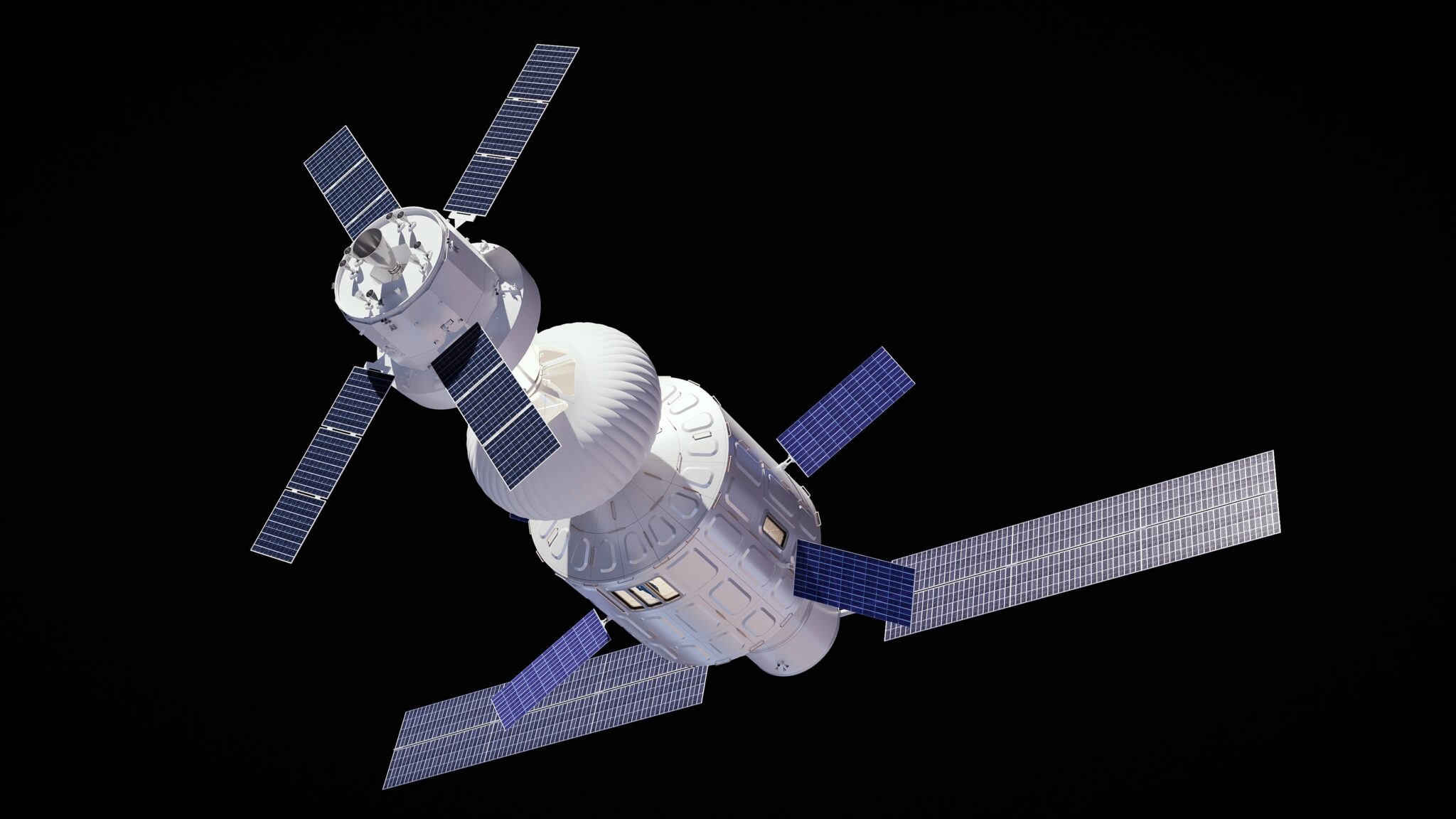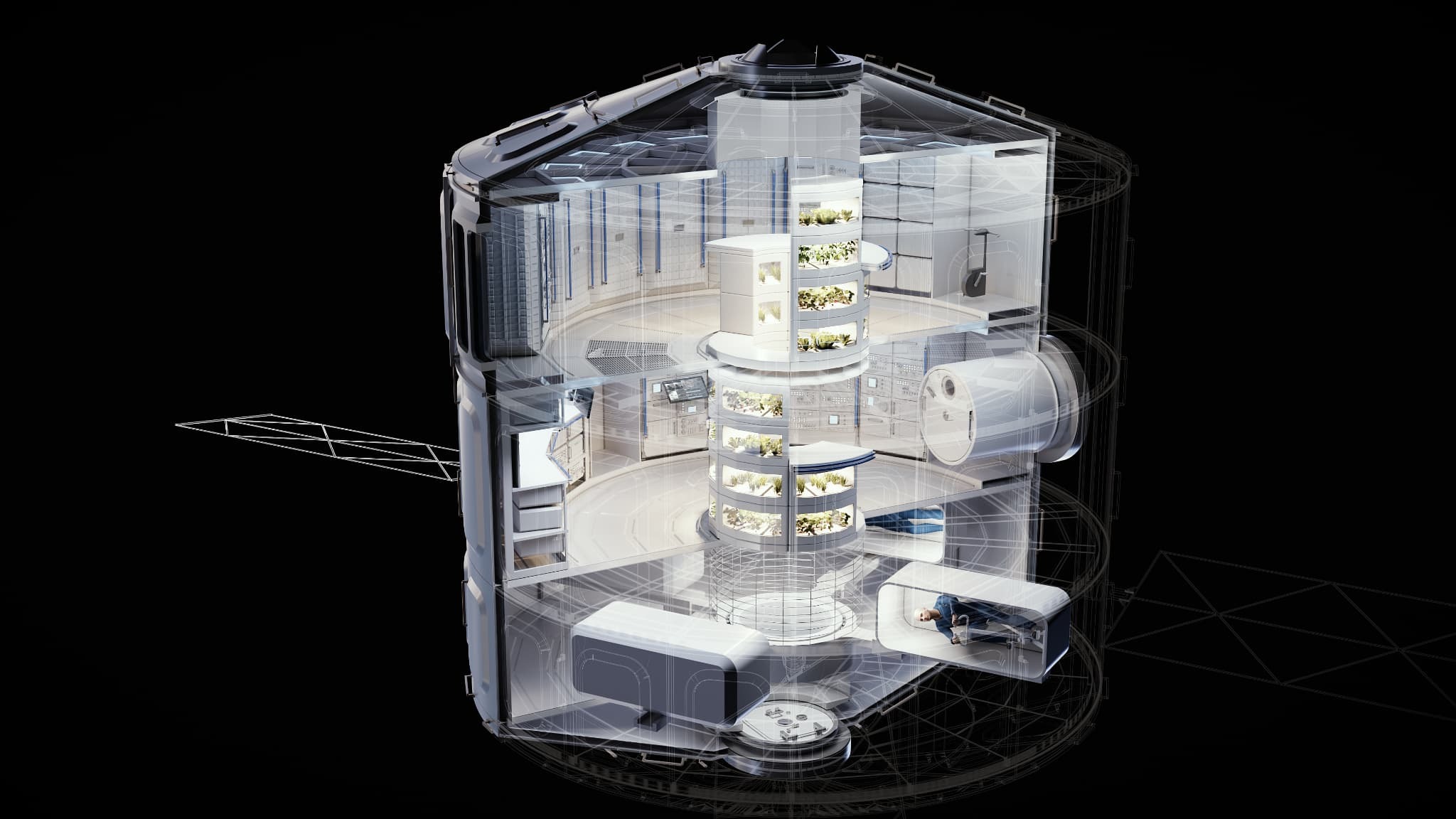At a time when the ISS is planned to be flooded at the beginning of the next decade, the European aerospace giant Airbus has presented its own concept of the space station of the future, which will be more spacious and comfortable. The multipurpose orbital module called LOOP has three decks that are connected by a common tunnel surrounded by a built-in greenhouse for growing nutritious plants. The orbital environment is designed for a crew of four, but can be configured to accommodate up to eight astronauts, Airbus says in a statement.

The diameter of the station will be 8 meters. The size was chosen for a reason to fit the fairing of superheavy launch vehicles of the next generation, such as SpaceX’s Starship. Thus, the Airbus space station can be deployed in one launch. Moreover, the LOOP will be immediately habitable after reaching orbit, which significantly saves time and money.

In the basic configuration, the LOOP contains a living deck, a science deck and a special centrifuge that creates artificial gravity, where astronauts will be able to feel relief from the harmful conditions of weightlessness. It is well known that the human body is rapidly destroyed in the absence of gravity, and muscles and bones are depleted. The absence of gravity also confuses the human nervous system and orientation in space, which often leads to nausea in the first days of orbital stay.
The concept of a space environment offers more interior space for astronauts or space tourists than existing space stations. If the project is given the green light, the LOOP may be ready for operation in the early 2030s at the end of the service life of the International Space Station.
Earlier we reported on how Airbus tested the technology of energy transmission from space.
Follow us on Twitter to get the most interesting space news in time
https://twitter.com/ust_magazine

